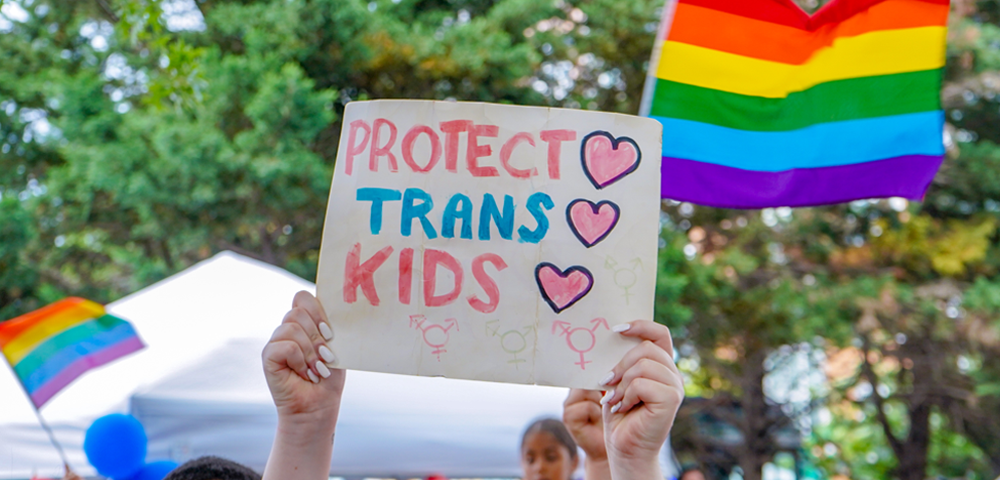
But Your Worship, he made a pass at me
NINA FUNNELL
In 1994 Australia was given its first movie about a cock in a frock on a rock. Although The Adventures of Priscilla, Queen of the Desert was praised for showcasing of some of Australia’s most stunning landscapes and costume design, the film also depicts an ugly, shameful side of the Australian character we would probably rather deny.
I’m thinking of the scene where flamboyant drag queen Felicia Jollygoodfellow makes a flirtatious advance towards a beer-swilling, flannelette-wearing bloke from rural Australia. Initially flattered, the man becomes enraged when he discovers his suitor is a man in a dress. He launches into a violent frenzy and brutally assaults Felicia. All the while his Aussie mates stand by, cheering.
Let’s imagine this scene was real and Felicia died from the injuries inflicted. Would our courts be any more reproving of the offender’s actions than his ocker mates were?
The Homosexual Advance Defence, or the HAD as it is more commonly known, is a legal defence that surfaced in Australian criminal jurisdictions in the early 1990s. The basic premise is that if a homosexual man makes an unwanted sexual advance towards a straight man, he is provoking that man.
So, should a straight man then murder a homosexual man who has made a pass at him, the HAD can be engaged to have the charges reduced.
It’s a hollow legal tactic, but the HAD has been used to excuse homophobic violence and shift responsibility to the victim who may have done little more than touch the offender’s knee.
Yes, it is important that people have the right to defend themselves against unwanted sexual advances -” but within reason. And this is precisely why we have self-defence laws.
But the difference between self-defence laws and the HAD are significant.
Self-defence laws state that whenever possible, a victim should retreat and avoid conflict. If there is no other option the victim is entitled to use force, but no more force than is necessary. Violently assaulting someone because they touched your knee or used a dodgy pick-up line is not considered an act of self-defence.
More importantly, self-defence laws are designed to protect the rights of victims who have responded with force to threats of physical or sexual violence, not so-called threats posed by a person’s sexual orientation.
And this is the problem with the HAD. It confuses an actual sexual threat with what is usually a sexuality judgement error.
As a woman I’m curious to know why our courts recognise an unwanted sexual advance towards a straight man as inappropriate, uncomfortable and threatening. However, if that same heterosexual man was to make an equally unwanted sexual advance towards a woman, not only does the legal system have difficulty recognising that advance as threatening and inappropriate, but possibly would turn the problem back on the woman and demand to know what she was wearing and whether or not she was asking for it.
Why do our courts get that sexual advances can be intimidating, threatening and abusive, but only if the victim happens to be a man?
The answer, I suspect, is simple. Many of our laws were written by heterosexual men. These men would not enjoy being harassed or objectified, but the very notion that a woman might consider their own advances offensive or objectifying would have been unfathomable. In fact until recently the notion that a woman could be sexually harassed was an alien concept.
While attitudes towards homophobia seem to be changing, our laws are still in need of reform.
Just as we would not excuse the actions of a woman who killed a man for looking at her the wrong way, a heterosexual man should not be allowed to hide behind HAD as a defence for homophobic violence.
info: Nina Funnell is a freelance journalist and a management committee member of the NSW Rape Crisis Centre. She can be contacted via [email protected].









